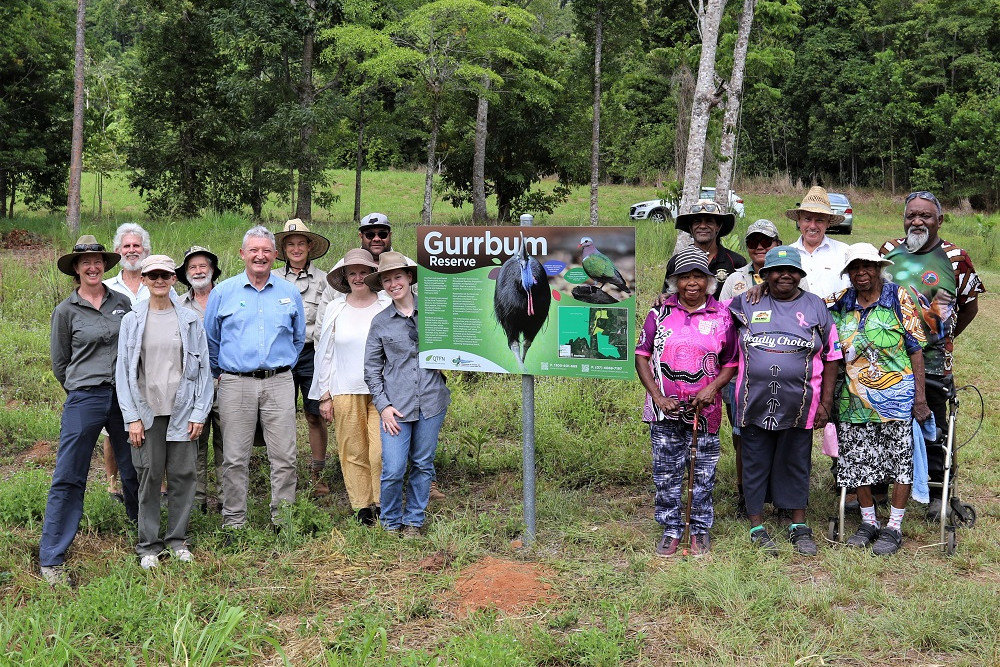On The Land
18 March, 2022
Four new nature refuges for the Wet Tropics
FOUR new nature refuges, together covering more than 300 hectares of land, have been declared in the Wet Tropics region.

Landholders in the Kuranda, Innisfail and Tully regions have been granted nature refuge status for their properties by the Queensland Government, protecting habitat and securing wildlife corridors between national parks.
Kuranda landowner Di Daniels said it was a “dream come true” to know rainforest on her 38-hectare property would be protected for future generations.
“We’re really privileged to be living in this environment with beautiful rainforest, native animals and birds,’’ Ms Daniels said.
“We wanted to make sure our rainforest was conserved long after we’re gone.’’
Another nature refuge is a 250-hectare property bordering the Basilisk National Park in the Innisfail region. Owner Peter Rowles said natural ecosystems needed to be connected across the Wet Tropics landscape for the survival of wildlife.
“Habitat on private land provides these essential connections which need to be protected,’’ he said.
“We feel privileged to have been able to contribute to the long-term protection through a nature refuge.”
The two other nature refuges are 15 hectares of critical cassowary corridor at Smith’s Gap near Tully, where land was bought and revegetated by Queensland Trust for Nature and local conservation group C4, and 27 hectares at Kuranda in the ‘Fairyland Link’ wildlife corridor.
Nature refuges are voluntary conservation agreements between landholders and the Queensland Government which conserve the land’s significant cultural and natural resources in perpetuity, while allowing compatible and sustainable land uses. Nature refuge agreements are also binding on future landholders.
Terrain NRM’s Tony O’Malley said it was wonderful that the nature refuge option was available to landholders wanting to protect their habitat.
“A lot of important Wet Tropics habitat is on private land,’’ he said.
“These new nature refuges are in really important wildlife corridors. Landholders are making a priceless contribution – they are helping to bridge gaps in world heritage areas and secure our wildlife’s future.”
Terrain NRM funded the nature refuge assessments for three of the new refuges through its Building Rainforest Resilience project, via a grant to Kuranda Conservation in the northern region and grants to private landholders in the south.
The Building Rainforest Resilience project is supported by Terrain NRM through funding from the Australian Government’s National Landcare Program.
Kuranda Conservation’s Jax Bergersen said the community’s long-term goal was nature refuges right along the existing world-heritage cassowary corridor.
“Linking world heritage rainforest areas with prime ecological blocks of land is a way forward, along with the revegetation work that’s been happening for decades in this region,” she said.



